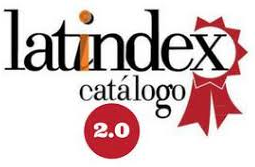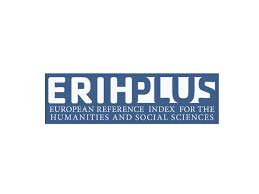Styles of learning according to Felder&Soloman model and its relation with synthetic thinking of higher education students in the departments of chemistry
DOI:
https://doi.org/10.47750/jett.2022.13.05.015Keywords:
Felder & Soloman model, synthetic thinking, departments of chemistry, higher educationAbstract
This research aims to identify: 1-Favorite learning Styles according to (Felder&Soloman) Model in this research sample 2- Expose statistically significant differences of Favorite learning style according to (Felder&Soloman) Model due to gender variable (males and females and students if chemistry departments in colleges of (education, Science) 3-Synthetic Thinking in this research sample 4-Expose statistically significant differences in this research sample in synthetic thinking according to gender variable (males and females and students if chemistry departments in colleges of (education ,Science ) 5-Expose statistically significant differences in this research sample in collaboration relation according among learning Styles to in synthetic thinking and in (Felder&Soloman) model according to gender variable (males and females and students of chemistry departments in colleges of (education, Science) 6-Expose the difference in relation among learning styles in synthetic thinking and in (Felder&Soloman) model according to (gender and college) variables. This research sample numbered 275 MA students in the colleges of education and department of chemistry in all colleges of sciences were intentionally chosen numbered 86 males from colleges of education and sciences and 189 females from colleges of education and sciences .The researcher has made a measure for styles of learning according to (Felder&Soloman) model consisted of 36 items distributed on five dipole styles and test of synthetic thinking consists of 12 essay questions distributed in 6 skills .The psychometric characteristics were affirmed by face validity ,validity by internal consistency. The SPSS program was used The research results show: 1-The research sample subjects used (serial, optical, sensual, meditation, active, intuitional, spelling, and finally total style).as the styles (optical, sensual, serial) comes at first degree and the other (intuitional, spelling and title) were not indication and came in hypothetical. 2-Not all the styles are influenced by gender and college variables and interaction between college variables for chemistry departments. 3-Weak synthetic thinking in MA students in colleges of education and colleges of science for chemistry departments. 4-Synthetical thinking is influenced by gender variables in favor of males because their average 5,1628 is bigger than females average 3.1746. Also synthetic thinking is not influenced by college variables and the interaction between gender and college. 5-There is positive extreme indication relation between styles of learning according to Felder&Soloman model on synthetic thinking in institutional and (optical) indicated for males’ favor, (meditation) for education, serial in favor of sciences.








